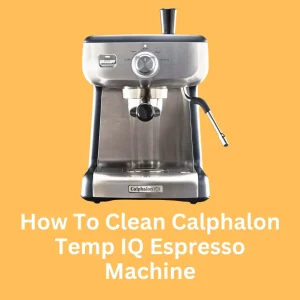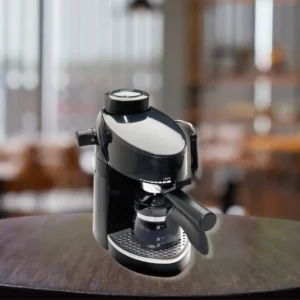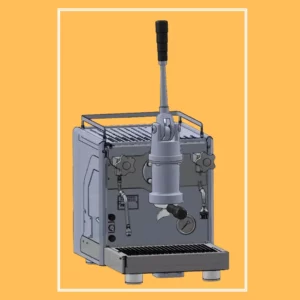Affiliate Disclaimer
As an Amazon Associate, I earn from qualifying purchases. It supports the website. So, Thank you. ❤️
If you’re an avid coffee drinker, you know that a good cup of coffee is essential to starting your day.
But what is a PID-controlled espresso machine? what makes a good cup of coffee?
Is it the coffee beans? The grind? The water temperature?
All of these factors play a role in the quality of your coffee, but there is one factor that is often overlooked and it is temperature control.
What Is PID Controller?
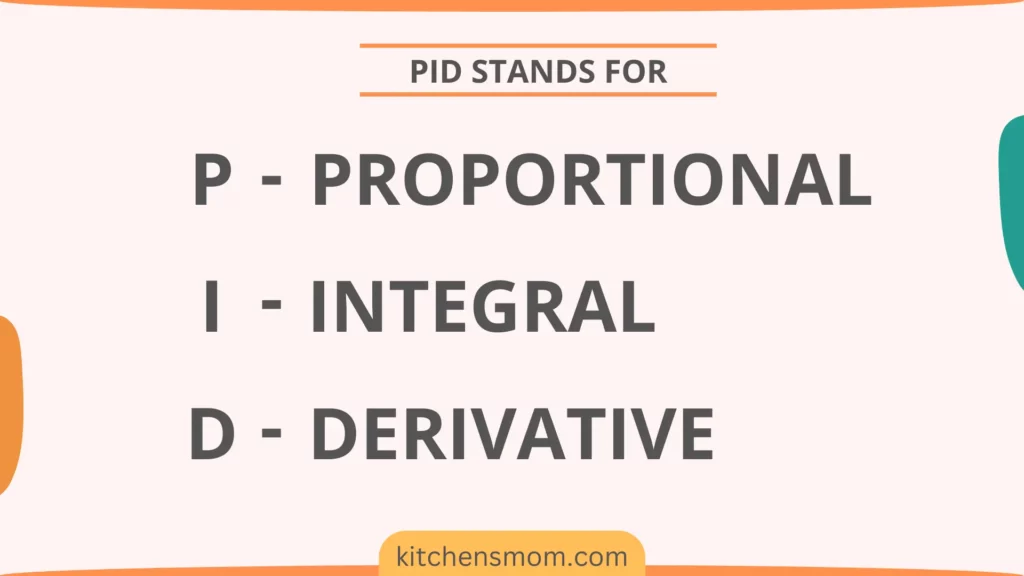
PID is an acronym for “Proportional Integral Derivative.” It is a type of feedback control that is widely used in different manufacturing applications. It keeps the track of increase or decrease of temperature in the main system.
The difference between the measured process variable and the expected outcome is the error value that a PID controller calculates continuously. By changing the process variable like the power of the heating element or the speed of the pump, the temperature controller makes an effort to reduce the inaccuracy.
How Does PID Controller Work?
PID controllers are very versatile. One of the most common applications is regulating the temperature of an espresso machine.
PID stands for Proportional Integral Derivative and it uses a feedback loop to compare the desired output with the actual output and then adjusts the process accordingly.
A PID controller has three main components. And they are the proportional (P), integral (I), and derivative (D) terms.
The proportional term (P) controls the output in proportion to the error. The integral term (I) accumulates the error over a different period of time and corrects it. The derivative term (D) predicts the future error and corrects it.
If the actual water temperature is lower than the desired water temperature, the PID controller will increase the water temperature. If the actual water temperature is higher than the desired water temperature, the PID controller will decrease the water temperature.
What Is A PID Controlled Espresso Machine?
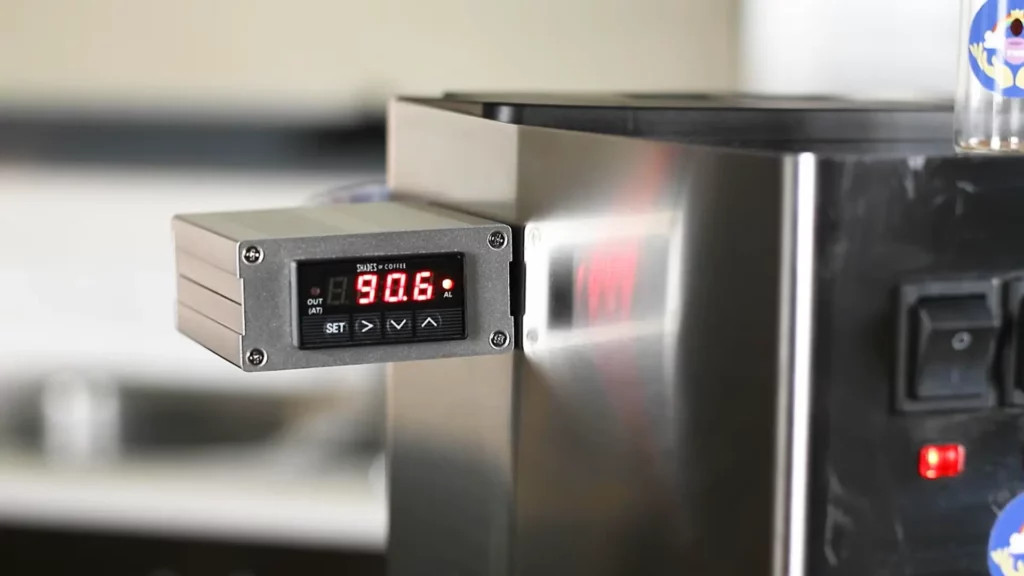
PID controllers are commonly used in espresso machines to keep the water temperature within a consistent range. The PID algorithm constantly monitors the water temperature and compares it to the actual point temperature is set. But what is a PID-controlled espresso machine?
Espresso machines typically have a pre-installed thermostat that regulates the water temperature. But for some reason, if the thermostat can’t adjust the water temperature, the PID controller takes the desired water temperature and compares it to the actual water temperature.
If the water temperature is too low in the espresso machine, the PID controller will increase the power to the heating element. If the temperature reaches too high, the PID takes control by decreasing the steam boiler power.
You can tune the espresso machine with a PID controller to achieve different results. For example, a PID controller with a high proportional gain will result in a more responsive system but may also be more prone to oscillation. A PID controller with a low integral gain will result in a slower response but may be more stable.
PID controllers are not perfect and may sometimes struggle to maintain the desired water temperature, especially if the espresso machine is heavily used. In these cases, you need to manually adjust the PID controller settings or even replace the PID temperature controller entirely.
How Important Is PID On An Espresso Machine?
PID controllers are very important and effective at maintaining a consistent water temperature in an espresso machine. It is especially well-suited for controlling steam pressure, flow, temperature, and other possible variables. And that’s why many home baristas recommend the Rancilio Silvia espresso machine.
PID controllers are often used in espresso machines because they can provide a well-established control over the temperature stability. The three main variables that a PID controller can adjust are the boiler temperature, steam pressure, and brew time.
PID is very effective at regulating temperature. They also give a very precise control, and it is very important to make a great cup of espresso.
In general, PID controllers are very accurate and reliable. They are also very simple to understand and use. They are more accurate than other types of feedback control and they help to keep the machine running smoothly. That’s why they are very important on an espresso machine.
Difference Between PID And Existing Regular Thermostat:

There are two types of thermostats that are commonly used in home espresso machines: PID and regular.
But, are there any differences between them? Let’s see:
Both regular and PID thermostats have their pros and cons. It actually depends on individual needs or choices as to which type of thermostat is right for you. If you are looking for the perfect shot of espresso every time, then a PID thermostat is the way to go.
How Can I Install A PID On My Espresso Machine?
If you’re an espresso lover, you know that a good espresso machine is the key to making great coffee at home. But what if your machine doesn’t have a PID? This can be a problem because a PID (Proportional Integral Derivative) controller is essential for making consistent, great-tasting espresso.
Luckily, it’s not too difficult to install a PID on your home espresso machines, and I’ll show you a general overview of how to do that:
If the water temperature is different at the beginning and end, adjust the PID or PID controller accordingly. Once the water temperature is consistent, you’re ready to enjoy perfect espresso every time!
Pro Tips
- Set the temperature to the best point
- Keep the machine in a stable state
- To prevent overshoot, set a low gain
- Do not over-heat the water to prevent over-extraction
Kitchens MOM Quick Answer (FAQs):
What Is The Best Temperature To Set On PID?
To make your espresso well-extracted from ground coffee beans, the ideal set temperature is 195 to 205 degrees Fahrenheit or 90 to 95 degrees Celsius. If the water is below this temperature, the coffee will taste weaker and feel under-extracted. And if the water temperature is higher than this, the coffee will get over-extracted and feel bitter.
Does Installing PID Voids The Machine’s Warranty?
Both yes and no. In many cases, the machine vendor warns the consumer that installing any other part or modification will void the warranty. Also, if you pay good attention while installing and you don’t damage any part of the machine, that’s totally fine with the warranty.
Are There Any Disadvantages Of PID?
There are very few possible disadvantages to using PID or PID controllers. This can make it more difficult for first-time users to use. Also, it can add cost to the machine. Sometimes it can cause the machine to overshoot the desired water temperature. This can result in the espresso being too hot or too cold. Despite these potential disadvantages, PID controlled espresso machines are still the best option.
Kinel’s Observation
Hopefully, you understand that being able to control the temperature, steam pressure, and water flow are important factors for brewing a higher-quality espresso. A PID controller is the whole package in itself.
PID controlled espresso machines are more expensive than normal home espresso machines, but they totally worth the price as you know what is a PID controlled espresso machine. All the service it provides is definitely a tasty treat.

